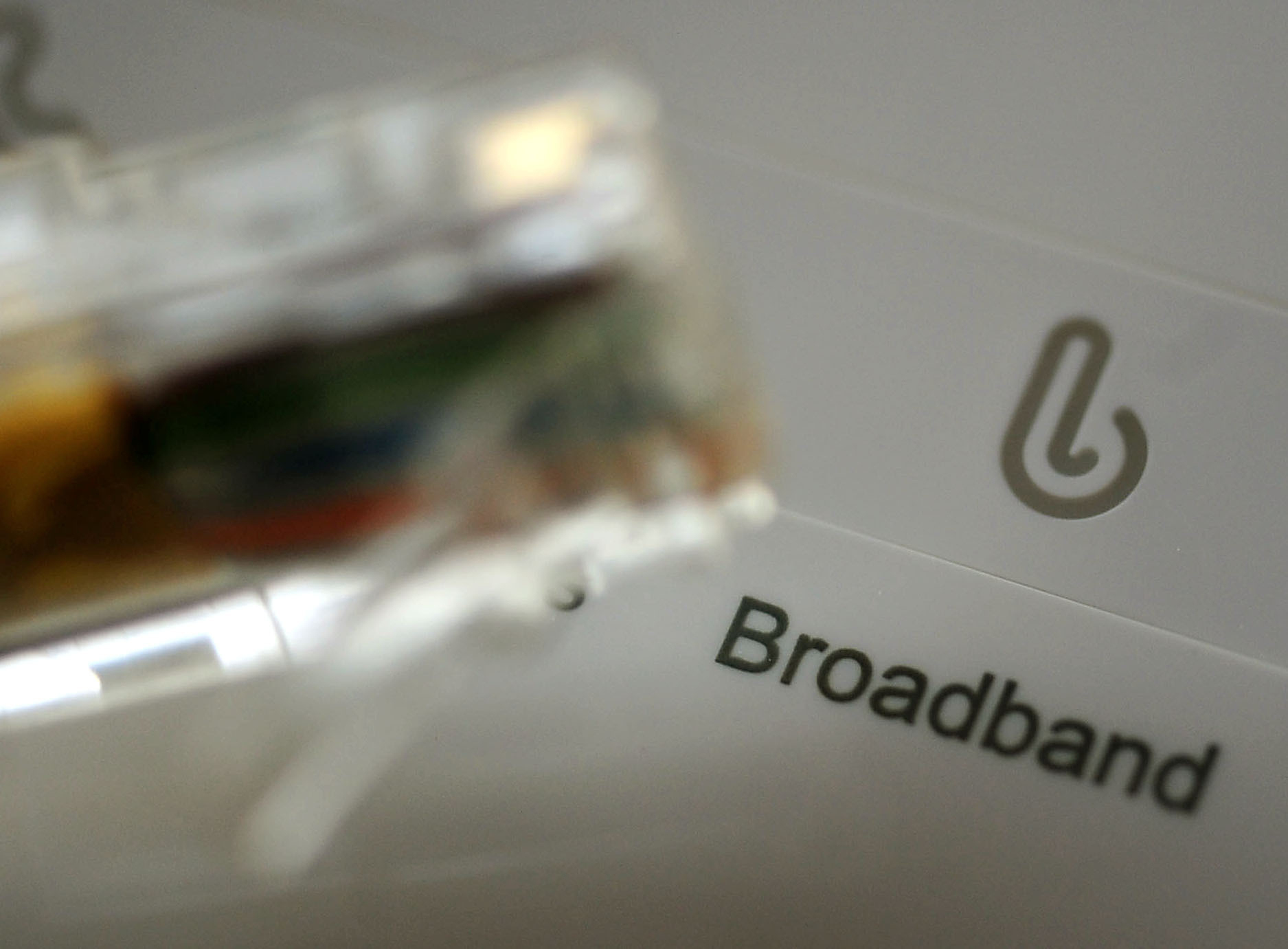
HOME broadband providers must soon ensure that at least 50% of their customers can achieve advertised speeds at peak time under a crackdown to prevent misleading claims.
Current standards allow firms to advertise “up to” speeds as long as they are available to a minimum of just 10% of customers, resulting in widespread complaints from government, consumer groups and the public.
The Committees of Advertising Practice (CAP) is toughening up the standards following research which found they are currently likely to mislead consumers.
The study, commissioned by the Advertising Standards Authority (ASA), found most consumers think they are likely to receive a speed at or close to a provider’s headline claim when, for many, that is not the case.
Previous independent testing by consumer groups has found that up to three-quarters of households are paying for advertised broadband speeds they have never received.
CAP said the median peak-time download speed was the most meaningful measure for consumers at it was easily understood and allowed for comparisons between different ads, while a 24-hour measurement had the potential to mislead by not providing an indication of the speed customers were likely to receive at the time when traffic is heaviest.
The new rules take effect from May 23.
CAP director Shahriar Coupal said: “There are a lot of factors that affect the broadband speed a customer is going to get in their own home, from technology to geography to how a household uses broadband.
“While we know these factors mean some people will get significantly slower speeds than others, when it comes to broadband ads our new standards will give consumers a better understanding of the broadband speeds offered by different providers when deciding to switch providers.
“Following extensive research and consultation, we hope our new standards will improve customer confidence in future ads.”
Lindsey Fussell, Ofcom’s consumer group director, said: “We’ve been backing this change, which will help close the gap between what broadband shoppers expect and what they actually receive.
“Similarly, we’re improving the information people get before taking out a broadband contract so they can buy with confidence.”
The ASA has also concluded that providers are not misleading consumers by using the description “fibre broadband” for services that use fibre-optic cables for only part of the connection.
It based its decision on research which found that consumers did not notice fibre claims in ads, did not treat them as a priority when choosing a package and saw fibre as a “shorthand buzzword” to describe modern, fast broadband.
However, the ASA has advised that providers should not describe non-fibre services as “fibre” or state that a service is the most technologically advanced on the market if it is a part-fibre service.
The ASA’s review of fibre claims followed complaints from small full-fibre providers that customers were being misled, which was damaging the take-up of faster broadband.

Enjoy the convenience of having The Sunday Post delivered as a digital ePaper straight to your smartphone, tablet or computer.
Subscribe for only £5.49 a month and enjoy all the benefits of the printed paper as a digital replica.
Subscribe